News
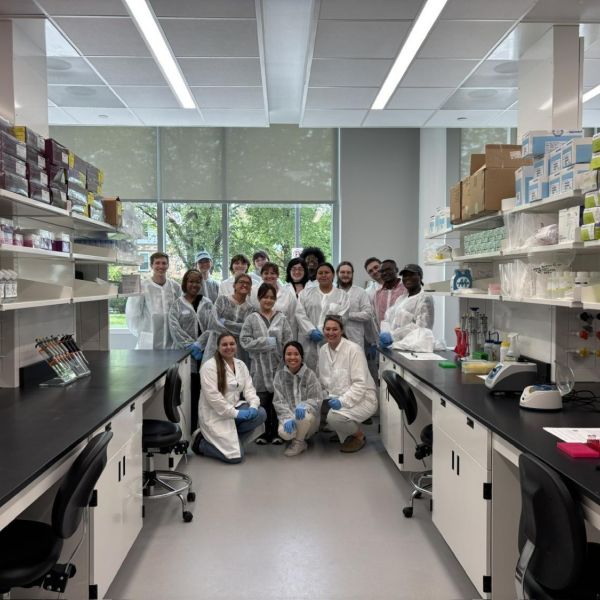
Jul 01, 2025
ARISE program provides hands-on training to aspiring anthropologists
A talented group of aspiring anthropologists recently traveled to Penn State to take part in the Department of Anthropology’s annual ARISE program.
Full Article
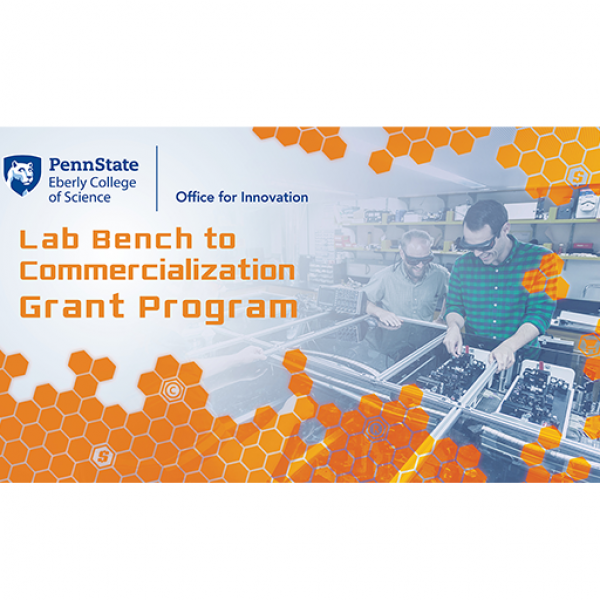
Jun 30, 2025
Lab Bench to Commercialization program broadens its scope
Eberly College of Science seed grant program to shift emphasis to earlier development of research, focusing on societal impact and career readiness.
Full Article

Jun 30, 2025
Huck Chair builds regenerative medicine bridge from lab to surgical suite
With support from the Huck Institutes of the Life Sciences, Dino Ravnic advances translational research through cross-campus partnerships.
Full Article

Jun 25, 2025
Q&A: The quest to halt neurodegenerative disorders like Alzheimer’s disease
June is Alzheimer’s and Brain Awareness Month, and in this Q&A, Selleck talked about how he’s working to stop the progression of neurodegenerative diseases like Alzheimer’s.
Full Article

Jun 24, 2025
Nutritional sciences faculty receive national recognition for research
Three Penn State Department of Nutritional Sciences faculty members were recently recognized for their research contributions to the field with prestigious awards by the American Society for Nutrition (ASN).
Full Article

Jun 24, 2025
Warmer spots within fields have more blooms and more bees
Climate can vary across large areas of land, but it also can vary within much smaller areas such as farms. A new study by researchers at Penn State examined whether these microclimates — the climate of a very small or restricted area — affect pollination by both wild and managed bees and resulting wild blueberry yields.
Full Article
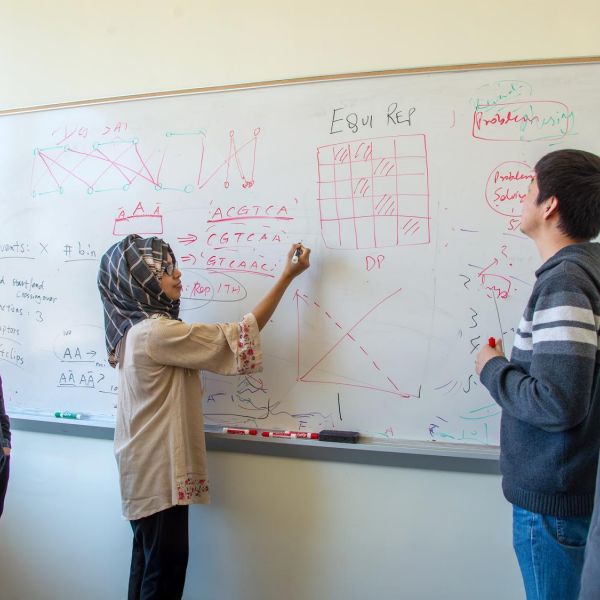
Jun 24, 2025
Q&A: How does computer science advance biology?
In this Q&A, Shao and Koslicki, who are affiliated with the Center for Computational Biology and Bioinformatics and the Intercollege Graduate Degree Program in Bioinformatics and Genomics in the Huck Institutes of the Life Sciences, spoke about how computational tools are advancing molecular biology.
Full Article

Jun 24, 2025
Huck announces 2025-26 Leadership Fellows
Three faculty members, representing three different Penn State colleges, have been named Huck Leadership Fellows for the 2025-26 academic year.
Full Article
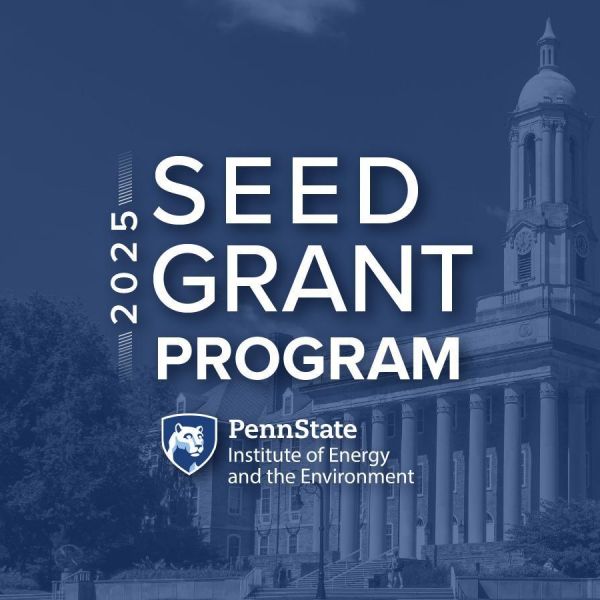
Jun 24, 2025
Ten interdisciplinary research teams awarded IEE seed grants
Ten interdisciplinary research teams have received funding through the Institute of Energy and the Environment’s (IEE) 2025 Seed Grant Program.
Full Article
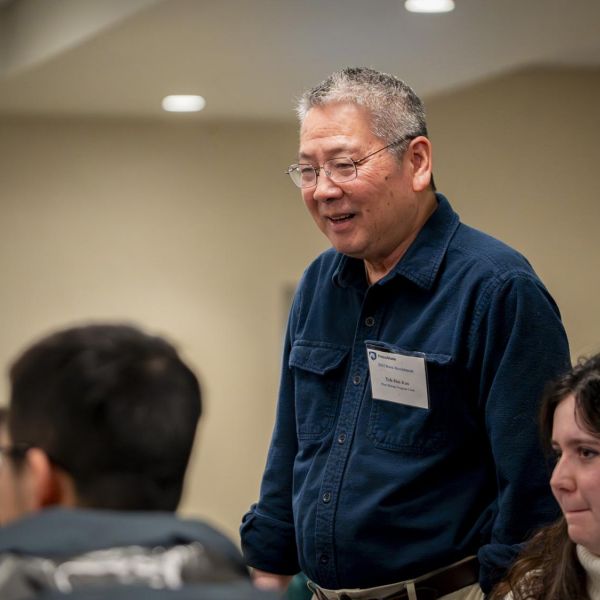
Jun 23, 2025
Kao steps down as plant biology graduate program chair
Teh-hui Kao, distinguished professor of biochemistry and molecular biology, has stepped down as chair of the Intercollege Graduate Degree Program (IGDP) in Plant Biology after 26 years in the role.
Full Article